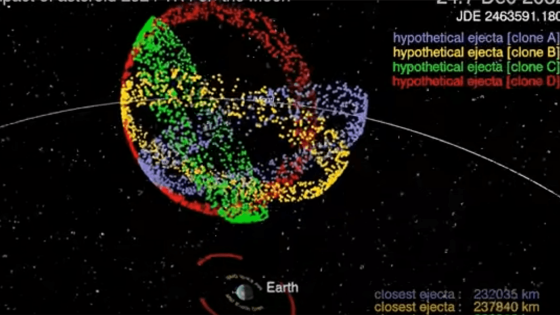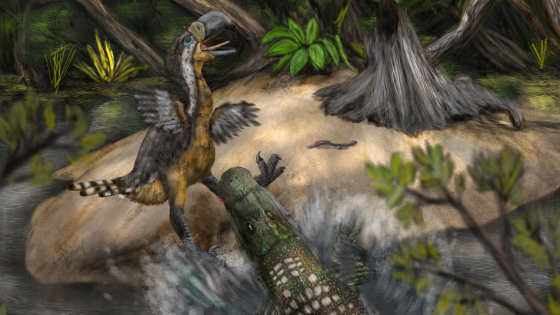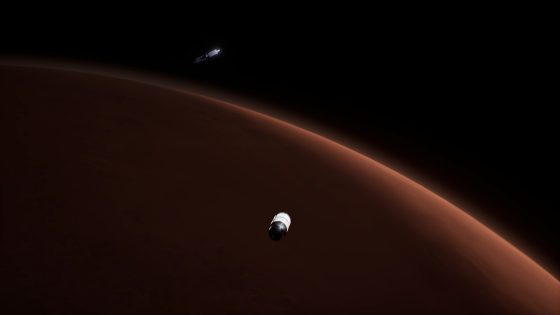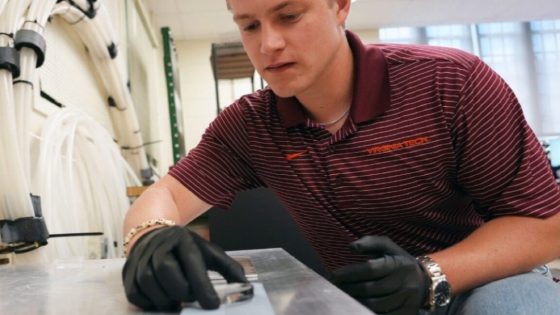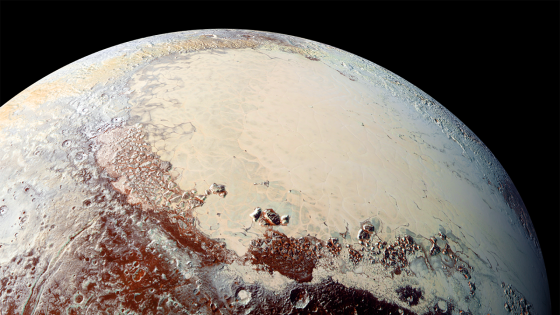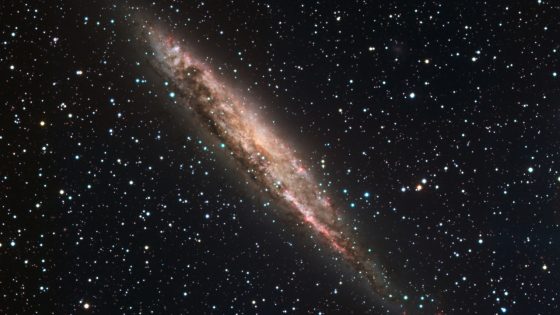A recent study utilizing data from the James Webb Space Telescope (JWST) has shed light on the intriguing asteroid 16 Psyche. Once believed to be a metallic remnant of a planetesimal’s core, new findings indicate that Psyche may have a more complex history than previously thought. On 2025-07-07 19:30:00, researchers revealed that Psyche’s surface shows signs of hydration, challenging earlier assumptions about its composition.
- Psyche shows signs of hydration, complex history.
- JWST detected hydroxyl groups on Psyche.
- Psyche's composition includes metal and silicates.
- Future studies will focus on hydrated metals.
- Psyche's exploration may inform space mining.
- NASA's mission will reach Psyche in 2029.
The study highlights the presence of hydroxyl groups, typically linked to rust formation, suggesting that Psyche is not solely metallic but rather a mixture of metal and silicate materials. This revelation could provide vital clues about the asteroid’s formation and the evolution of objects in the early solar system.
What does this mean for our understanding of Psyche’s origins? The detection of hydroxyl groups raises significant questions about the asteroid’s history and the processes that shaped it. Scientists are now considering the possibility that Psyche’s surface was altered by impacts from water-rich asteroids. Key points include:
- Psyche’s surface may contain hydrated minerals.
- Future missions will focus on its south pole for further insights.
- Understanding Psyche could inform future space mining efforts.
As scientists continue to explore Psyche, the findings may pave the way for groundbreaking advancements in our understanding of asteroids and their role in the solar system’s history. Future missions could unlock even more secrets about this enigmatic celestial body.





